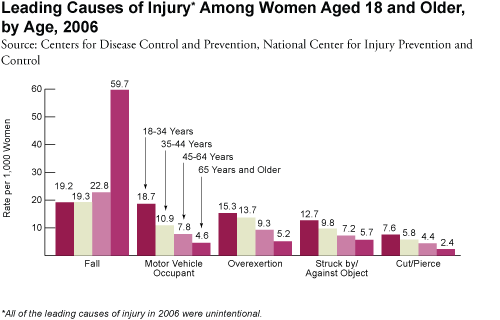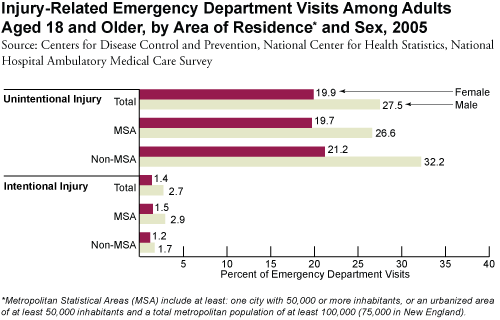
Carey Roberts
Toni Brown of Washington, DC was shot by former girlfriend Raina Johnson on August 12, 2008, leaving the woman paralyzed from her neck down. Johnson is currently serving a 28-year sentence for a crime the judge termed "extraordinarily brutal." A restraining order had been previously issued against the assailant.
Karen Allende of New York City was walking to work on a September day in 2006 when she was attacked suddenly by her husband. She died that morning on the sidewalk, a restraining order folded neatly in her purse.
Each year 2-3 million domestic restraining orders are issued for the purpose of curbing domestic violence. Simply put, these orders of "protection" are a hoax foisted on unsuspecting victims, all at taxpayer expense.
Restraining orders are a travesty for the simple reason that they don't work.
Debi Olson had stalked her ex-husband across the country and worked herself into a lather of spiteful rage. Does anyone in their right mind really believe a piece of page will deter a person who is that intent on killing her former partner?
And a 1994 study published in the American Journal of Public Health followed 150 women in Houston, Texas who had applied for a restraining order. Eighteen months later the researchers found no difference in abuse levels between women who received the order compared to those who did not.
Ruing the lack of benefit, a 2005 report from the Independent Women's Forum noted restraining orders can "lull women into a false sense of security."
Some persons would simply shrug their shoulders, saying there's an example of yet another well-intentioned but useless government program.
But other research shows restraining orders can actually make a touchy situation worse. One Department of Justice report, "Civil Protection Orders: Victims' Views on Effectiveness," found that six months after issuance of the order, the percentage of persons experiencing repeated physical abuse or stalking had doubled, and the number facing psychological abuse had tripled.
So how do restraining orders add fuel to the fire? The reason is restraining orders are often issued on the say-so of the complainant — all she has to do is tell the judge she is "frightened" or "afraid" of her partner — no proof needed.
According to a study published in Cost Management last year, 71% of restraining orders are trivial or false. But according to the Connecticut Office of Legislative Research, "nothing is being done to stop frivolous requests for restraining orders."
So how would you feel if you were booted from your house and told you couldn't see your kids because your partner happened to be feeling blue that day?
Other times a restraining order is part of a calculated effort to gain a tactical edge during a divorce action. A 2005 article in the Illinois Bar Journal revealed restraining orders are "part of the gamesmanship of divorce." Elaine Epstein, former president of the Massachusetts Bar Association, once confided, "Everyone knows that restraining orders and orders to vacate are granted to virtually all who apply."
Tales abound of schemers who violate the terms of the restraining order, heaping even more penalties on the hapless man.
Last summer Marshall Crandall of Vassalboro, Maine got into an altercation with his wife. By the woman's own admission the exchange was mutual: "I picked him up three or four times and slammed him on the ground." But when the police arrived, they arrested only the man and a restraining order was taken out against him.
Once in jail, she visited him on three occasions. Even though she had initiated the contacts, they were seen as a violation of the restraining order. That unwanted attention earned Mr. Crandall nine months behind bars.
By placing the burden of proof on the accused to show his innocence, many worry restraining orders violate fundamental notions of fairness and due process. At one New Jersey seminar, startled judges were told, "Your job is not to become concerned about all the constitutional rights of the man that you're violating as you grant a restraining order. Throw him out on the street, give him the clothes on his back, and tell him, 'See ya' around.'"
Judge Milton Raphaelson of Massachusetts once opined, "Few lives, if any, have been saved, but much harm, and possibly loss of lives, has come from the issuance of restraining orders and the arrests and conflicts ensuring therefrom."
Each year, the Violence Against Women Act spends up to $75 million to promote restraining orders. That's the kind of wasteful federal program that leaves a bad taste in taxpayers' mouths.
Mr. Roberts' work has been cited on the Rush Limbaugh show. Besides serving as a regular contributor to RenewAmerica.us, he has published in The Washington Times, LewRockwell.com, ifeminists.net, Men's News Daily, eco.freedom.org, The Federal Observer, Opinion Editorials, and The Right Report.
Previously, he served on active duty in the Army, was a professor of psychology, and was a citizen-lobbyist in the US Congress. In his spare time he admires Norman Rockwell paintings, collects antiques, and is an avid soccer fan. He now works as an independent researcher and consultant.
© Copyright 2009 by Carey Roberts







